Fertility and Recurrence Outcomes After Laparoscopic Ethanol Sclerotherapy for Endometriomas
Ethanol sclerotherapy is a minimally invasive approach for treating ovarian endometriomas and is sometimes used as an alternative to surgical cystectomy, particularly when preservation of ovarian reserve is a priority. Instead of removing the cyst wall, the technique involves aspirating…
Key Points Lay SummaryEndometriosis surgery and Anti-Mullerian Hormone Levels
Anti-Müllerian Hormone (AMH), a hormone produced by ovarian granulosa cells, is widely used to estimate ovarian reserve and predict how women may respond to fertility treatments. According to the latest ESHRE (European Society of Human Reproduction and Embryology) guidelines, ovarian…
Key Points Lay SummaryEndometriosis in Youth: Diagnostic and Treatment Insights
Adolescent endometriosis presents unique diagnostic and management challenges due to both patient-related and clinical factors. Young patients often delay seeking care due to inexperience, discomfort discussing symptoms, or normalization of pain. At the same time, clinicians may overlook endometriosis as…
Key Points Lay SummaryRetrograde Menstruation Theory Through Müllerian Anomalies
The pathogenesis of endometriosis is still under debate. Sampson also described this condition as "developmentally misplaced endometrial tissue" in 1925. To evaluate the theories of pathogenesis, Vercellini et al. from the Academic Center for Research on Adenomyosis and Endometriosis at…
Key Points Lay Summary"Ovarian Reserve Markers" in Peritoneal Endometriosis
Endometriosis-related subfertility is attributed to multiple factors, including mechanical obstructions, adhesions, pelvic inflammation, and diminished ovarian reserve. Serum anti-Mullerian hormone (AMH) levels and ovarian antral follicle counts (AFC) currently serve as fertility markers to diagnose decreased ovarian reserve and failure.…
Key Points Lay SummaryEndometrioma surgery and the ovarian reserve
Traditionally, cystectomy is the gold standard for surgical approach owing to the reduced risk of recurrence. Still, it may lead to a reduction in postoperative ovarian volume and can be a cause of ovarian failure. The recent conservative surgical management of…
Key Points Lay SummaryEndometriosis, Age, and Ovarian Reserve
The effect of endometriosis on ovarian reserve can be enhanced with older age, according to a new study published in the International Journal of Gynecology & Obstetrics. This finding is important because it can help clinicians guide their patients in…
Key Points Lay SummaryAdenomyosis and the anti-mullerian hormone levels
The presence of endometrial glands and stroma in the myometrial layer of the uterus is called adenomyosis. It is considered a form of endometriosis and affects up to 35% of women with varying symptomatology, from asymptomatic to subfertility. For a…
Key Points Lay SummaryPostoperative serum markers to predict serum AMH recovery following endometriosis surgery
Women with endometriosis seek treatment including ovarian cystectomy, because of symptoms that reduce their quality of life. Ovarian cystectomy using laparoscopic or robotic devices is the preferred therapy. However, it has been shown in the literature that ovarian reserve is…
Key Points Lay SummaryEndometrioma and its relation with fibrosis, dysmenorrhea, and AMH levels.
Endometrioma is an indicator of endometriosis which makes it easy to diagnose the disease for most clinicians. But the symptoms and relationship of endometrioma with menstrual pain severity and the ovarian reserve as well as its markers are not well…
Key Points Lay SummaryWhich one is more effective for the preservartion of postoperative ovarian reserve?
Although cystectomy is the most preferred treatment of endometrioma, it is still a matter of debate as it may cause a reduction in the quality and number of remaining follicles, especially important for women who are planning to conceive. Anti-Müllerian…
Key Points Lay SummaryThe comparison of the effect of hemostatic techniques on ovarian reserve during endometrioma cystectomy
The possible negative effect of the surgical excision of endometriomas on the ovarian reserve has brought up the meticulous implementation of the decision for surgical approach. Dr. Raquel Silveria da Cunha Araujo et al, from Brazil, published a study titled as…
Key Points Lay SummaryThe influence of endometrioma and surgery on ovarian reserve
Women with endometriosis and endometrioma, often have subfertility. These patients present considerable problems for the evaluation of ovarian reserve. One of the well-known ovarian reserve biomarkers is anti-Müllerian hormone (AMH) levels. So far, it was known that the reduction of…
Key Points Lay SummaryEndometrioma size and anti-Müllerian hormone levels
Endometriotic lesions are encountered in different locations in the pelvic cavity, including but not limited to the ovaries, the pouch of Douglas, the ureters, the bladder, and the bowel. Cystic endometriosis lesions located in the ovary are called "endometrioma". Endometriomas have…
Key Points Lay SummaryEndometriosis and adenomyosis could be the “sides of the same coin”.
The two common gynecological disorders, namely adenomyosis, and endometriosis are not settled yet, whether they are representing two different entities or different phenotypes of the same ailment. Dr. Maruyama and colleagues from Nara, Japan searched PubMed and Google Scholar electronic…
Key Points Lay SummaryThe more than expected prevalence of endometriosis in patients with Mullerian abnormalities
Congenital müllerian anomalies resulting in a spectrum of uterine abnormalities are caused by the abnormal embryologic fusion of the müllerian ducts to form a normal uterine cavity. They are often unrecognized because they are usually asymptomatic. The presence of a uterine…
Key Points Lay SummarySerum anti-Müllerian hormone levels for predicting spontaneous pregnancy after endometriosis surgery
Endometriosis is a disease defined as the localization of endometrial glandular and stromal cells outside the uterine cavity. Although there are several medical and surgical therapeutic options, the most effective treatment modality has not yet been elucidated. The main…
Key Points Lay SummaryDoes Endometriosis Reduce Ovarian Reserve?
Markers of ovarian reserve are worse in infertile women with endometriosis compared to women who cannot conceive due to male factor infertility regardless of whether or not they have had ovarian surgery. This finding is important because it suggests that…
Key Points Lay SummaryAntimullerian Hormone, endometrioma and ovarian reserve
Younis et al. from Baruch-Padeh Medical Center, Poriya, Israel, designed a review study on ovarian reserve alterations before and after endometrioma surgery that recently documented in "Human Reproduction Update". The authors examined the electronic databases of articles published between January…
Key Points Lay SummaryThe duration of impairment of ovarian reserve after laparoscopic surgery
Endometriosis is a chronic medical condition characterized by ectopic endometrial tissue that grows and invades extra-uterine tissues. It is a significant contributor to chronic pelvic pain in women of reproductive age. Endometriosis involving the ovaries and causing a cystic growth…
Key Points Lay SummaryDoes ovarian endometrioma damage the ovarian reserve?
Ovarian endometriomas are commonly present in 17% to 44% of women with endometriosis and are often associated with infertility and pelvic pain. There are several treatment options including surgical treatment. Cyst excision is associated with better results in terms of…
Key Points Lay SummaryHow Ovarian Endometriomas and DIE affect ART outcomes
Previous studies have evaluated the impact of an ovarian endometrioma on ovarian reserve and its impact on the success of assisted reproductive technology (ART) outcomes have controversial results. ART is a method by which a woman’s own hormones are used…
Key Points Lay SummaryEndometriosis in adolescents
Dr. Mama S. T. from Cooper University Hospital, Camden, New Jersey, USA, recently has published his review on advances in the management of endometriosis in the adolescent in the journal “Current Opinion Obstetrics and Gynecology”. In adolescence, there is a…
Key Points Lay Summary
 By Hale Goksever Celik
By Hale Goksever Celik

 By Selma Oransay
By Selma Oransay

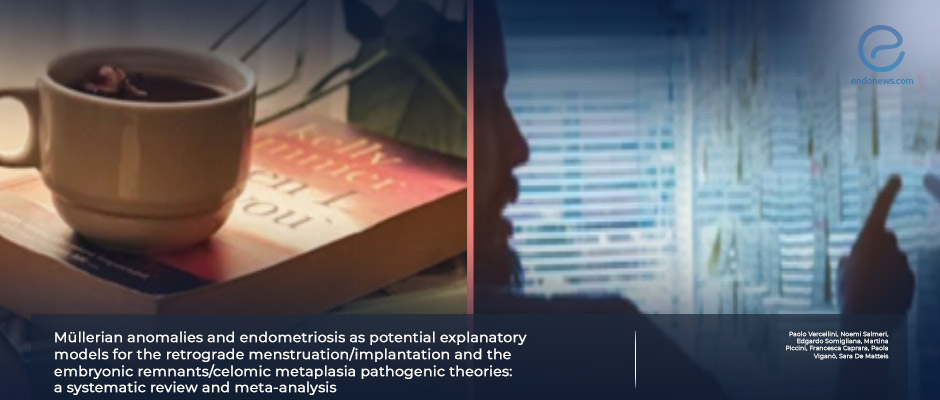

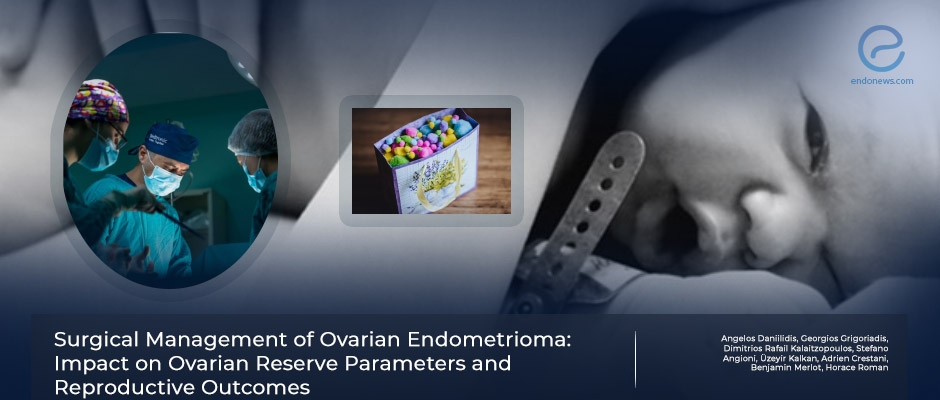
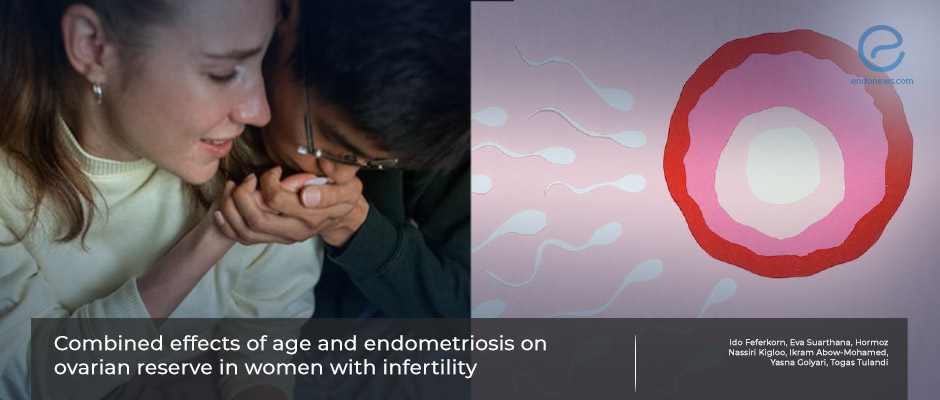
 By Özge Özkaya
By Özge Özkaya

 By Eylül GÜN
By Eylül GÜN
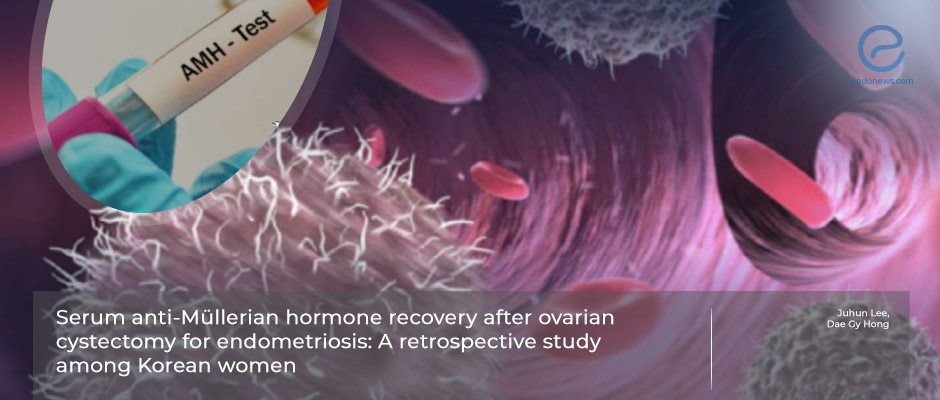

 By Bahar Yuksel
By Bahar Yuksel



 By Dr. Youngran Park
By Dr. Youngran Park


 By Nasuhi Engin Aydin
By Nasuhi Engin Aydin


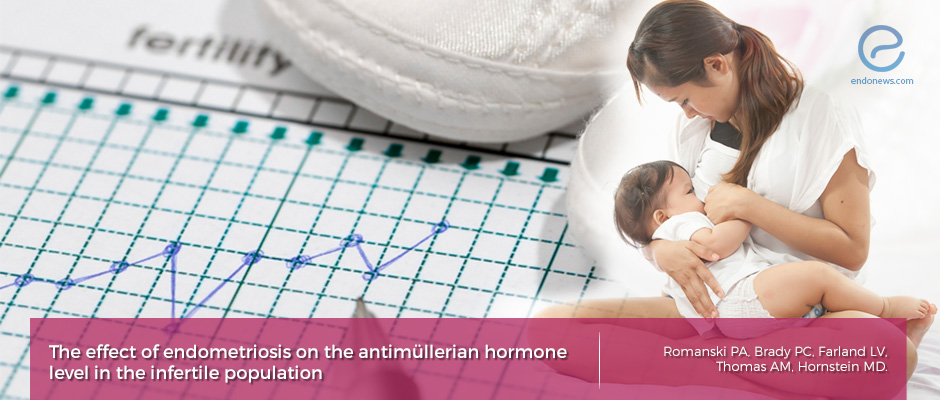


 By Murat Osman
By Murat Osman



 By Irem Onur
By Irem Onur